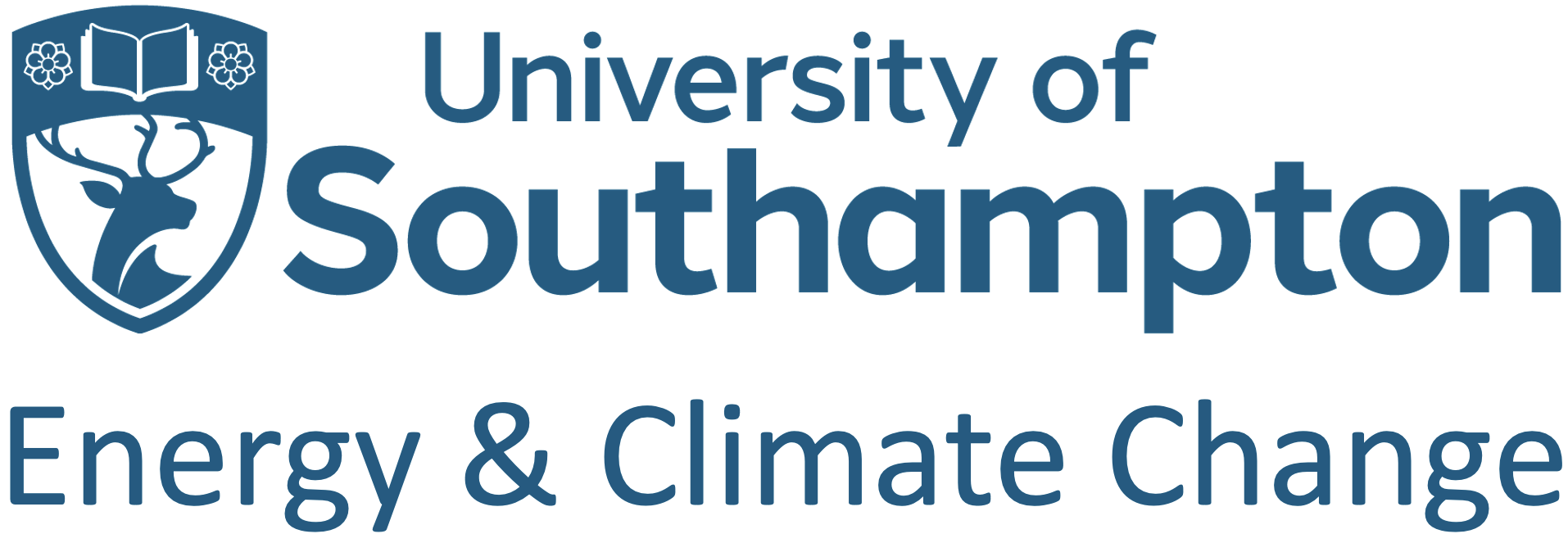Wind Energy
Research in wind energy is undertaken at various scales – urban, onshore and offshore. The first addresses UK field trails with small scale turbine of capacities >5kW (micro wind turbines), the second was geared to identify factors that may influence the planning acceptance of onshore wind, whilst the latter maps offshore wind energy resources and energy yields in the Middle East providing a blue print for sites development in the region.
URBAN WIND ENERGY
In the UK national trial on micro wind turbines, the Energy and Climate Change Division team played a pivotal role in the monitoring and analysis of the results from 75 test sites across the UK. This has resulted in guidelines for such turbine utilisations. ECCD also developed a micro wind modelling tool prompted by the imminent arrival of the technology. The tool allows the user to define a particular micro wind turbine and simulate its performance at various locations in the UK. Various UK domestic electricity demand profiles which were derived from the group’s residential PV research can be matched to the electricity generated from the turbine. A financial analysis tool calculates the annual savings and the turbine payback period. Carbon savings from the device are also calculated (view paper).
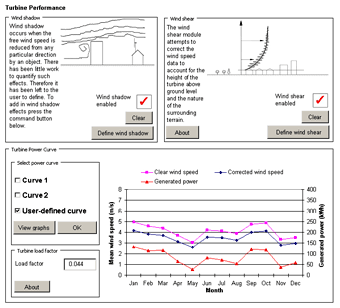
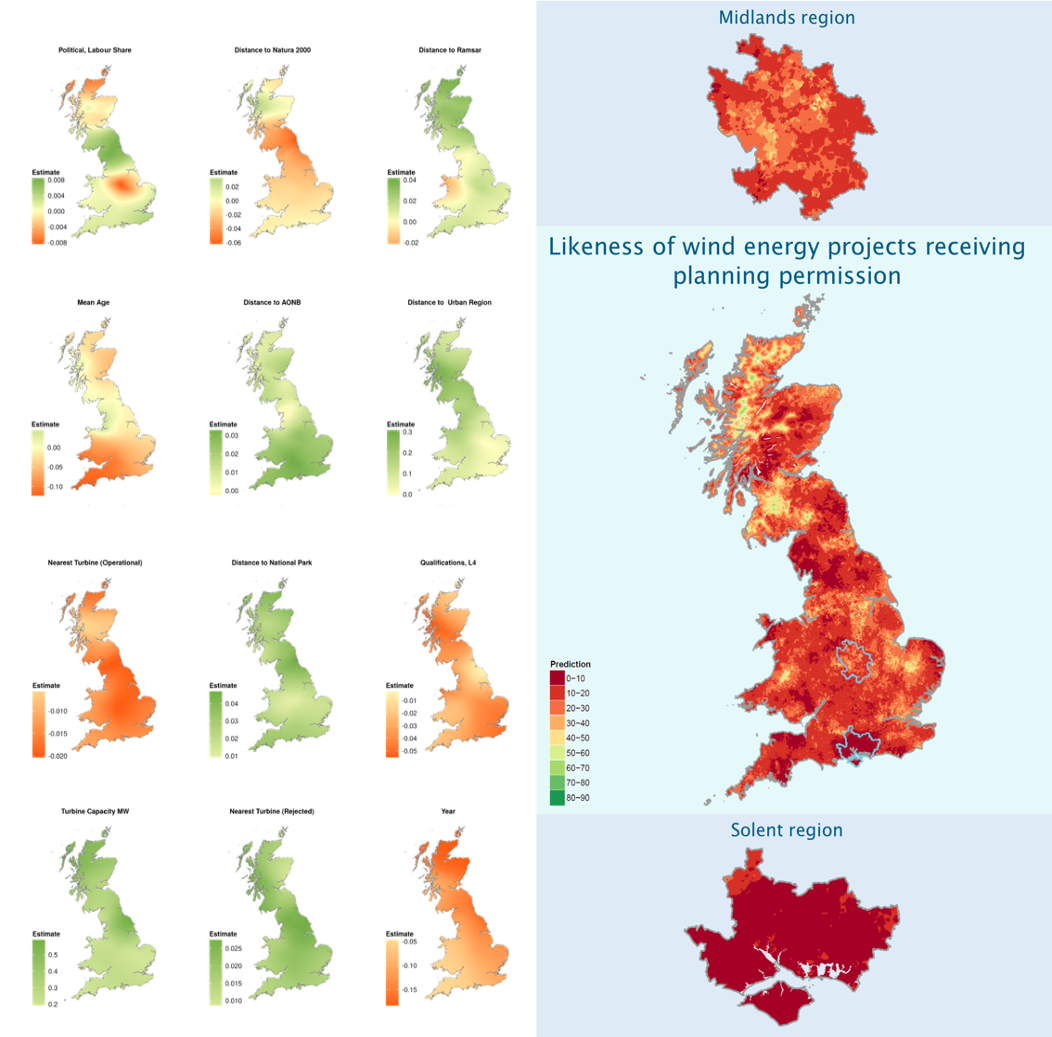
ONSHORE WIND
In onshore wind, research undertaken aims at identifying factors that may influence planning acceptance, integrating the results into a spatial model of onshore wind energy providing the most likely suitable locations for “least resistance” development. ECCD produced a map of on-shore wind turbine planning applications to date, developing a model for predicting the likelihood of planning success for future sites.
To investigate sites near you try out the interactive app or read the paper here.
OFFSHORE WIND
In offshore wind, research addresses wind energy potential with a particular focus in Africa and the Middle East, where there is a paucity of information around the resource, its locations and infrastructure needs. This seminal research is based on the development of new, more accurate Represenative Cost Ratio (RCR) appraoch with estimates of available resources and predicted energy yields, taking into account appropriate constraints such as shipping lanes, nature reserves, electrical grid etc, presenting the first mapping of the potential for offshore wind energy in the region. (read paper)


Updates:
ECCD present at the International Conference on Sustainable Energy, SET 2023 in Nottingham, UK 2023 
ECCD presented 8 papers at the 20th International Conference on Sustainable Energy (SET 2023), Nottingham, UK, with Professor Bahaj also presenting a keynote address
Offshore Wind 2022 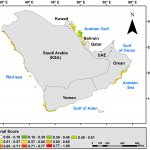
In offshore wind, research addresses wind energy potential with a particular focus in the Middle East, where there is a paucity of information around the resource, its locations and infrastructure needs.
ECCD present at the International Conference on Sustainable Energy Technologies (SET 2022) 2022 
ECCD presented two papers at the International Conference on Sustainable Energy Technologies (SET 2022), taking place in Istanbul, Turkey on 16-18 August 2022.
Arabian Peninsula’s Offshore Wind Energy Siting 2020 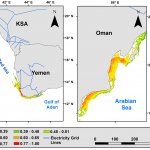
Offshore wind energy potential in the AP region has not been fully investigated. Therefore, the new Representative Cost Ratio was used to to estimate the offshore wind energy suitability distribution for the seven countries in the AP. The results from the suitability map indicate a cumulative regional capacity of up to 35 GW for the ...
Representative Cost Ratio Explained 2020 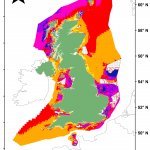
This new approach is introduced to facilitate offshore wind energy spatial sitting process. The offshore wind energy spatial sitting process aims to identify the most suitable locations according to a set of criteria; where the criteria weighting process is conducted by many experts result in reduced accuracy, coherence, and making the process time-consuming.
Modelling on-shore wind turbine locations 2017 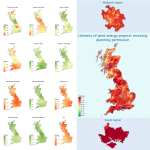
SERG PhD student Mikey Harper is working on a number of methods to assess the potential for wind turbine development in the UK. As part of this he has produced a map of on-shore wind turbine planning applications to date and has also developed a model for predicting the likelihood of planning success for future sites. To ...
SERG researchers present nine papers at SET2017, Bologna, 17-20 July 2017 2017 
SERG researchers presented on a range of fields at the 16th Sustainable Energy Technologies (SET) Conference 2017, held at the Alma Mater Studiorum at the University of Bologna. Topics presented included: Wind energy: Mikey Harper and Mostafa Mahdy Thermal comfort: Rucha Amin and Victoria Aragon Urban regeneration: Philip Turner Cities and carbon-reduction potential: Luke Blunden and Massimiliano Manfren Combined heat ...
Offshore Wind Energy 2016 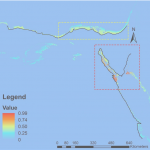
Planning for an offshore wind farm (OWF) is a multi-discipline planning scheme. The main aims of this research are to (a) identify suitable locations in Egypt that have potential for offshore wind power generation and how can these be exploited and (b) design appropriate wind turbine arrays providing clear understanding of the resources, engineering needs, ...
EST Domestic Small-Scale Wind Field Trial Report Written by Members of SERG Published 2009 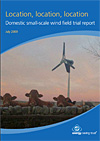
Within the UK microwind trial research project funded by the Energy Saving Trust members of SERG have produced a report integrating issues of domestic wind speed prediction, measured performance results of the field studies, the potential market for small-scale wind turbines, customer feedback and recommendations for domestic consumers. Energy Saving Trust
UK Micro Wind Trial 2007 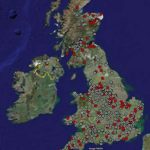
The UK has the best wind resource in Europe and this is now starting to be harnessed through both on-shore and off-shore multi-MW scale wind farms. Whilst performance figures for commercial wind farms are well known, no comparable data exists for the micro wind market. ECCD is part of the UK micro wind trial which is ...
The story of the 'Smiths' in their 1930's semi 2007 
Residential housing accounts for more than a quarter of the UK’s primary energy consumption. This is primarily in the form of space heating (typical 3 bedroom UK house 20,000 kWh per annum) with electrical demands being much lower at around 4,000 kWh per annum. The gradual tightening of building regulations means that modern housing consumes ...
Photovoltaics in Residential Applications 2007 
Residential grid connected PV systems are relatively simple to design with easy to predict annual yields. However, the headline economics of residential PV in the UK are at present unattractive. A typical small residential PV system (1 to 3 kWp) as shown in the top figure would cost in the year 2000 around £4,500 per ...
Micro Wind Modelling Tool 2007 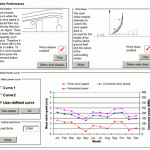
Within the framework of a research project funded by the Economic & Social Research Council (ESRC) a micro wind modelling tool has been developed by SERG prompted by the imminent arrival of the technology. The tool allows the user to define a particular micro wind turbine and simulate its performance at various locations in the UK. Various ...
Assessment of Urban Microgeneration Solutions 2004 
The group’s research is looking at existing housing developments from the 1970s, 1980s, 1990s and 2000s to determine the scope and potential impact of microgeneration technologies and energy efficiency measures on the residential scale.
Co-ordinated Action on Ocean Energy (CA-OE) 2004 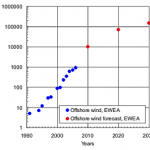
The main deliverables from this Coordinated Action are the reports from the Five Workshops to be held :- (i) Modelling Ocean Energy System (ii) Component Technology and Power Take-off (iii) System Design, Construction, Reliability and Safety (iv) Performance Monitoring of Ocean Energy Systems (v) Environmental, Economics, Development Policy and Promotional Opportunities.
Hydrodynamics of Marine Current Turbines for Electrical Power Generation 2002 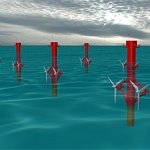
Marine current turbines can play an important part in achieving an increase in electricity generation from renewable resources, but the development of the required technology will demand significant research effort. This project will lead to a better understanding of the design implications of some of the features that distinguish marine current turbines from wind turbines, ...
PV Roof Tile Development – POWERTILE 2000 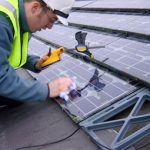
ECCD has developed a PV roof tile through Powertile Ltd which is now sold under license by Marley Eternit. A test roof at the University, which is shown in Figure 3, is used for prototype assessment and analysis of the thermal behaviour of different roof constructions.
